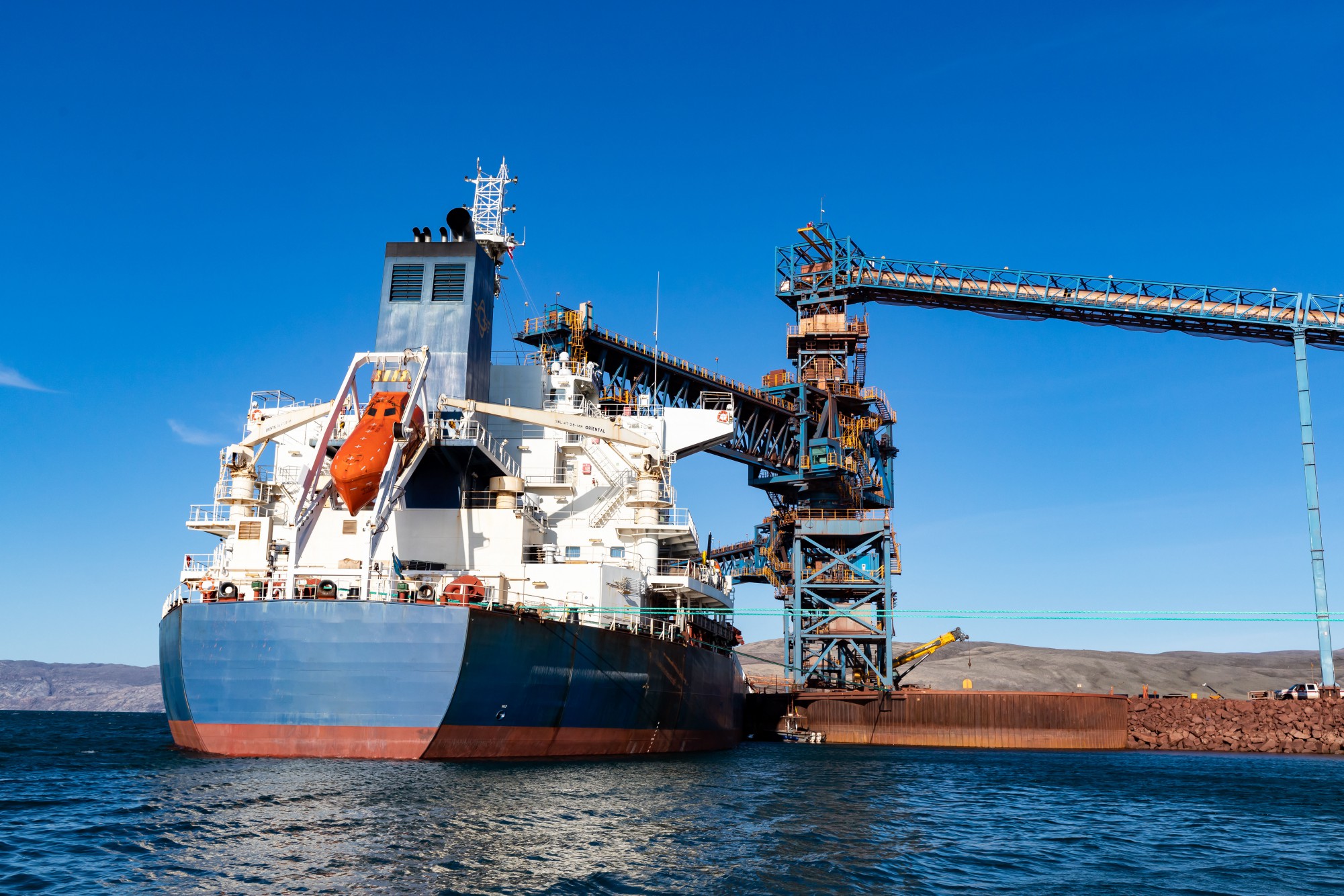Greenland officials say Nunavut mine owner hasn’t fully addressed cross-border impacts
Baffinland's responses did not fully take concerns raised by Greenland into account, says Naalakkersuisut.

An assessment of the potential impact of increased shipping activity in Baffin Bay stemming from a proposed expansion of the Mary River iron mine in Nunavut has been criticized by Naalakkersuisut, Greenland’s self-rule government, for not fully assessing its concerns.
Because the expanded mining activity would impact other countries, Baffinland, the mine’s operator, is required by international law to compile an assessment of the damage it could cause and grant authorities from the affected countries permission to comment on it.
The Baffinland assessment, together with a series of written exchanges between Greenland authorities and the company’s representatives about its contents was released for public consultation in Greenland on May 18. However, Naalakkersuisut underscored that because Baffinland had declined to take Greenland’s concerns fully into account, the assessment could not be considered to be complete.
“Greenland does not find this satisfactory and will address our concerns regarding the potential transboundary effects from the project in connection with the public consultation process in Greenland,” Tilde Roland Høberg, a biologist working with the environment ministry, wrote in a letter to Megan Lord-Hoyle, a Baffinland vice-president, after being informed the company would not revise the assessment to include further detail about issues such as shipping routes and the potential impact on marine mammals of increased ship traffic in Baffin Bay.
[Canada allows Greenland to weigh in on Nunavut mine expansion, under UN convention]
Greenland was given the chance to comment on the assessment because cargo ships sailing to and from the mine will pass through its waters. In the event ice, weather or traffic at the mine prevents the ships from approaching, they will anchor in a location off the Greenland coast.
Greenland authorities had requested that Baffinland illustrate the route ships would take when sailing to and from the mine and that it provide further information about the impact shipping would have on marine animals in all of Baffin Bay, not just in Greenlandic waters.
“[The] report must cover impacts on shared stocks and ecosystems caused by the project in Canadian waters … as well as impacts caused by shipping through Greenlandic waters,” Martin Schiøtz, an environment ministry official, wrote in one letter.
[Mary River mine could be mothballed, says Baffinland president]
In addition to concern about the impact on whales, walruses and other marine mammals, Greenland authorities reckon the main threats posed by the expanded mine activity are the potential impact on the area identified as by Baffinland as an anchorage and the potential for an oil spill to pollute Greenlandic waters and impact seabirds there.
Baffinland admitted that such an incident would have “critical consequences” and “significant transboundary effects,” but it concluded in its assessment that this was unlikely to occur.
In its reply to the Naalakkersuisut, Baffinland said that much of the information Greenland was requesting was not required to be included in the assessment. In other cases, such as the anchorage, it felt the information provided (an estimate of the number of times ships could be expected to anchor there and a description of lighting requirements) had been a sufficient reply.